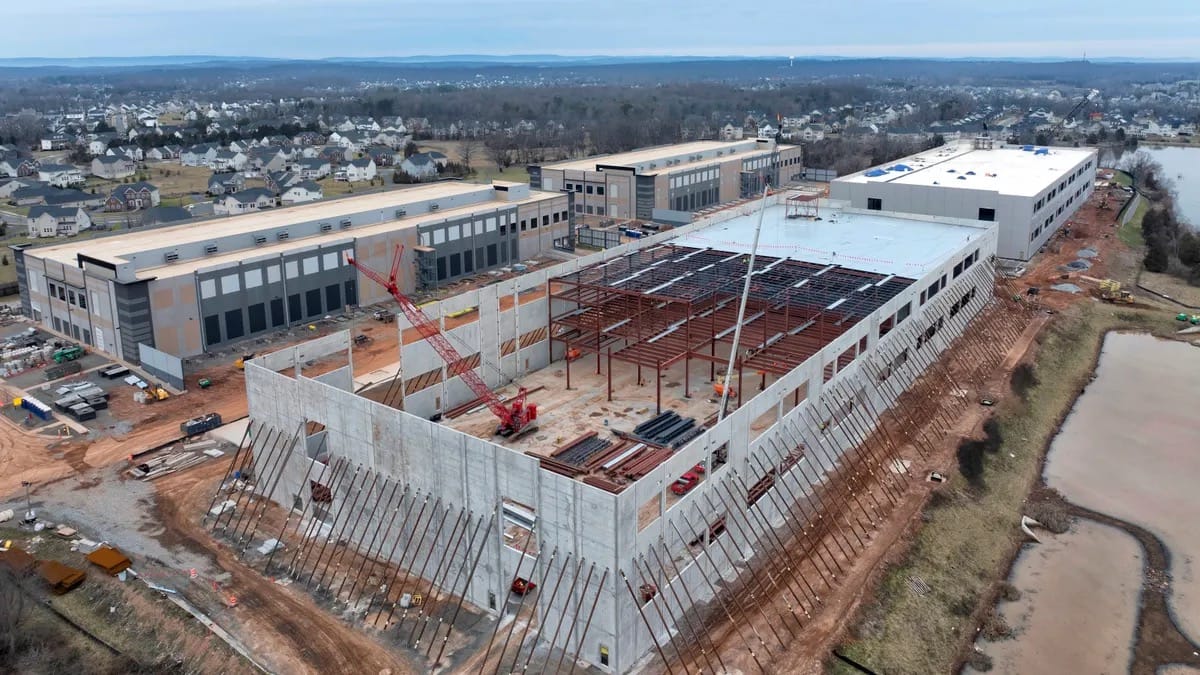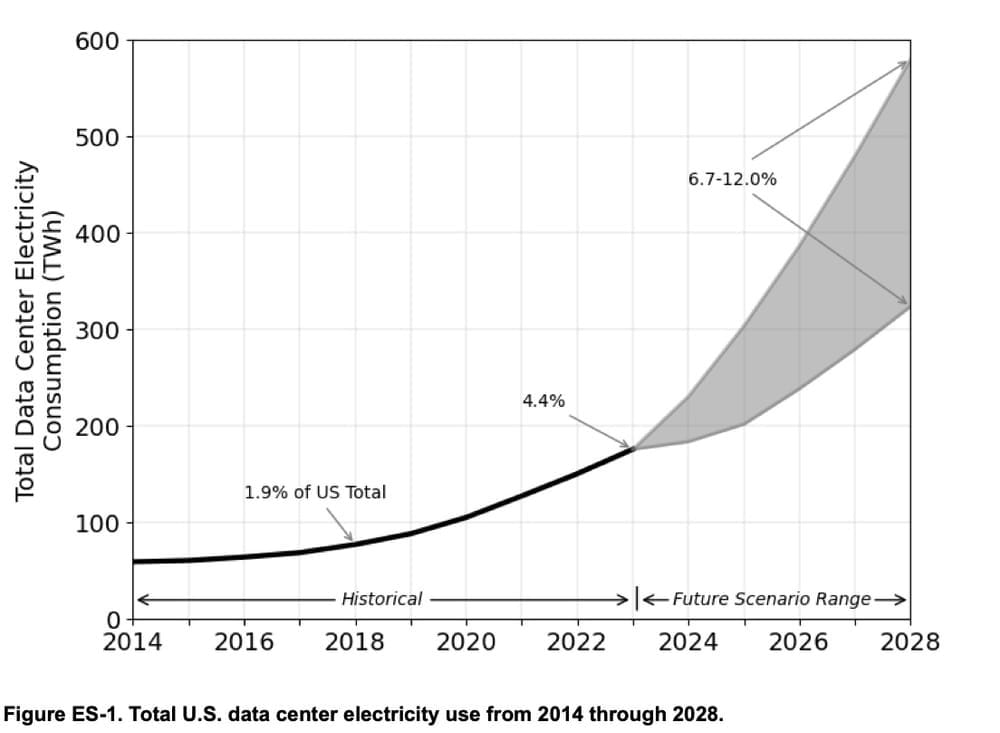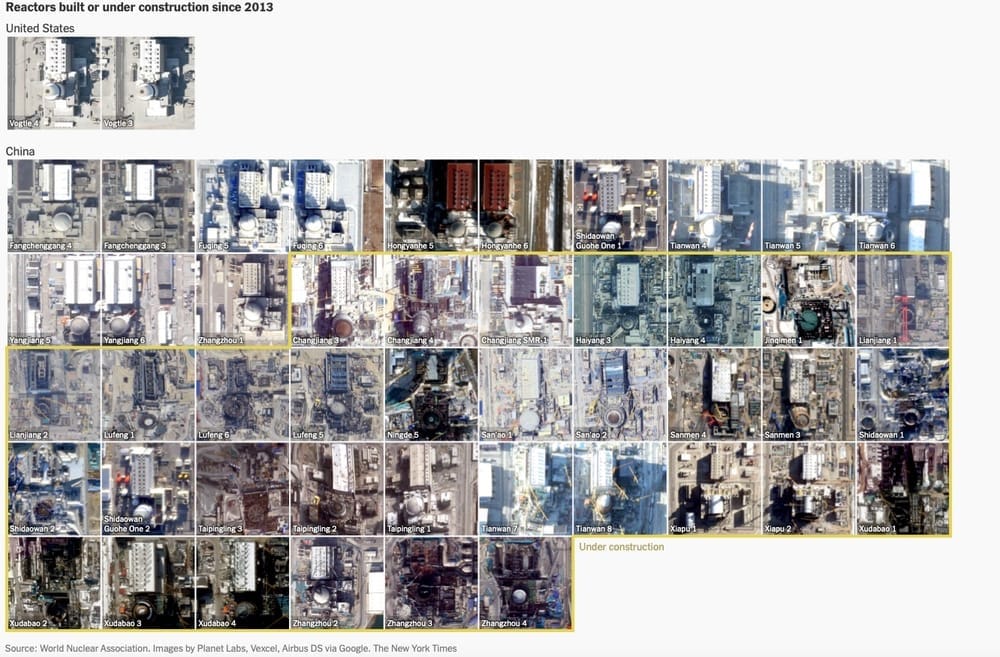The stakes of the U.S.–China AI race
Power, politics, and the new great divergence

America is currently winning the artificial intelligence race—but risks losing it later. Our companies command the world's most advanced models, our researchers push the technological frontier, and our capital markets dwarf all rivals. Yet we risk ceding leadership in the most consequential technology race since the Industrial Revolution. Not because there are superior algorithms elsewhere, but because we cannot build power plants, transmission lines, and data centers fast enough to run ours. The winner of this contest will achieve transformative scientific breakthroughs, establish unprecedented economic abundance, and gain decisive military advantages. The constraint isn't semiconductors or talent. It's electricity—and the maze of permits, hearings, and local vetoes that stand between demand and deployment. Five hundred years ago, China possessed the world's greatest deepwater fleet, then turned inward and watched the West surge ahead. We are entering a new great divergence, and this time the question is whether America will be the power that cannot move fast enough.
The Great Divergence
One of history's great questions haunts scholars: why did China and the West diverge 500 years ago? In 1405, nearly a century before Columbus set sail, Chinese Admiral Zheng He commanded the largest fleet the world had ever seen—300 ships carrying 28,000 men. His treasure ships dwarfed European vessels, measuring over 400 feet long with nine masts. These expeditions reached Africa, established trade routes across the Indian Ocean, and demonstrated Chinese naval supremacy across half the world.

Then, abruptly, China reversed course. The Ming Dynasty scrapped the fleet, banned ocean-going vessels, and turned inward. The ships rotted in harbor, their records destroyed. China chose isolation over expansion, stability over adventure.
The West made the opposite choice. Explorers established colonies on every inhabited continent, creating vast empires that extracted wealth from distant lands. Raw materials flowed back to feed European factories during the Industrial Revolution. China, having closed itself off, couldn't compete. What followed was China's "Century of Humiliation", defeats, concessions, and foreign domination that still shapes Chinese consciousness today.
The last 500 years of history has been the story of this colonial system—its establishment, expansion, and gradual unwinding. The global order we've known has been fundamentally shaped by that divergence half a millennium ago.
Our Moment
We are now entering a new phase in history, and another great divergence looms. China has spent the past four decades closing the gap, building a massive economy and lifting hundreds of millions from poverty. Now we face a race to develop artificial intelligence—and the winner will achieve transformative scientific discoveries, unprecedented economic abundance, and decisive military advantage.
The race will hinge on building power plants and the bottleneck is already here. Microsoft's CFO Amy Hood told investors in October that Microsoft remains "capacity constrained," noting the company has been "short on power and space" despite massive infrastructure investments. Amazon, Google, Meta, and Microsoft collectively raised their capital expenditure guidance to over $380 billion for 2025, with much of that spending directed toward data centers and electricity infrastructure. Hood acknowledged that Microsoft's cloud revenue "could be higher" if not for capacity limits. Big Tech is rationing access to the future. They have the chips, the algorithms, and the capital—but they're running out of electrons.
The numbers are striking. U.S. electricity demand remained essentially flat for two decades, growing less than 0.5% annually since 2005. Now analysts project demand growth of 15-20% by 2030. Goldman Sachs estimates data centers will require an additional 47 gigawatts by decade's end—equivalent to adding almost five New York Cities to the grid.

Utilities are passing these costs through to consumers via rate increases. Residential electricity prices have already climbed over 30% since 2020, and the AI boom will accelerate this trend as utilities invest hundreds of billions in new generation and transmission capacity.
Rival governance models
America's governance model complicates the build-out. We disperse veto power across city councils, county commissions, state courts, and ballot boxes. That's a feature for liberty; it's a bug for deployment speed. In Northern Virginia, a data center megaproject was approved after a 27-hour hearing—then had its rezoning voided by a judge on procedural grounds. In Maine, voters halted a major transmission corridor by referendum before courts allowed construction to restart. In the Midwest, county commissions and landowner groups have fought the Grain Belt Express line for years. These are normal democratic frictions—but they add years to timelines we now measure in months for AI demand.
Meanwhile, China's command-and-control structure is adding power at unprecedented pace. In 2023 alone, China brought online more than 200 gigawatts of new generation capacity—more than double the entire U.K. power system. When Beijing decides to build, it builds. There are no county commissioners to appease, no multi-year environmental impact statements, no vetoes at the ballot box. The Chinese government simply directs resources and construction begins.

The Stakes
The winner of this race won't just ship more apps; it will accelerate discovery in materials science, automate labor with robotics, and wield drone swarms and algorithmic targeting that reset military balances. This is a world-historical contest.
This isn't an argument for emulating China's political system. Autocracy's speed advantage masks fatal brittleness—when centralized systems make the wrong bet, they lack corrective mechanisms to change course. China's Great Leap Forward mobilized millions to produce backyard steel, creating 11 million tons of useless scrap while 30 million people starved. America's dispersed governance structure is messy, frustrating, and slow—but it's also flexible and resilient. We bend but don't break.
What we need are common sense reforms that preserve democratic input while accelerating deployment. The average major project now requires five years of permitting—longer than it took to build the Golden Gate Bridge. America remains a sleeping giant. When awakened, we are capable of extraordinary mobilization: in World War II, we scaled industrial production to supply the world and crush totalitarianism in under four years. That capacity hasn't disappeared—it's been buried under procedural sediment. We need long-term transmission planning, permitting reform that honors communities, and an all-of-the-above power generation portfolio. Otherwise, we'll field the best models in the world and throttle them on 20th-century infrastructure.
If the West were to lose—if our labs, firms, and militaries run into a wall of scarce electrons while China scales compute like we once scaled steel—the consequences would rhyme with the last 500 years in reverse. The Zheng He moment is here again. Last time, China turned inward and watched the world race by. This time, the question is, will we?
